Water spinach, also known as kangkong, swamp cabbage, or river spinach, is a leafy green vegetable native to Southeast Asia and commonly found in tropical and subtropical regions. It thrives in aquatic environments, growing in both fresh and brackish water. The plant is valued for its tender stems and leaves, which have a mild, slightly sweet flavor, and it is used in a variety of dishes such as stir-fries, soups, and salads. Aside from its culinary popularity, water spinach is rich in essential nutrients and offers a variety of health benefits.
Nutritional Content of Water Spinach
Water spinach is a nutrient-dense food, offering a variety of essential vitamins, minerals, fiber, and antioxidants while being low in calories. Below is an overview of its key nutritional components per 100 grams (raw):
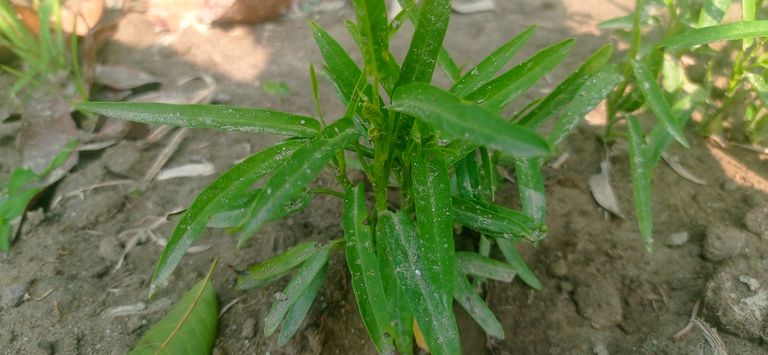
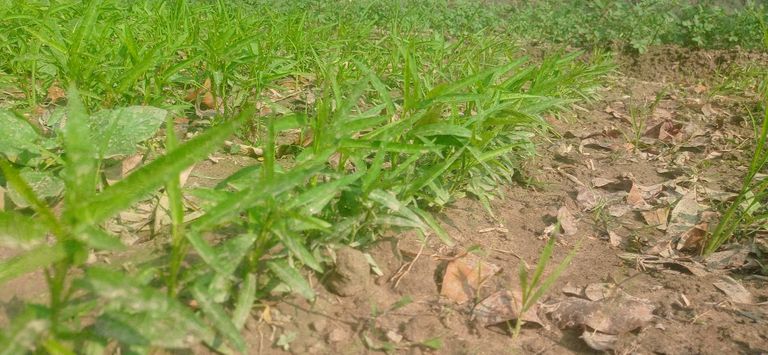
Calories: Water spinach is very low in calories, containing only around 19 calories per 100 grams, making it an excellent choice for those looking to manage their weight.
Water: Comprising approximately 92% water, water spinach is hydrating, making it a good food to include in diets aimed at maintaining proper hydration.
Carbohydrates: The plant contains approximately 3.6 grams of carbohydrates per 100 grams. These carbohydrates are primarily in the form of fiber, which contributes to digestive health and helps maintain stable blood sugar levels.
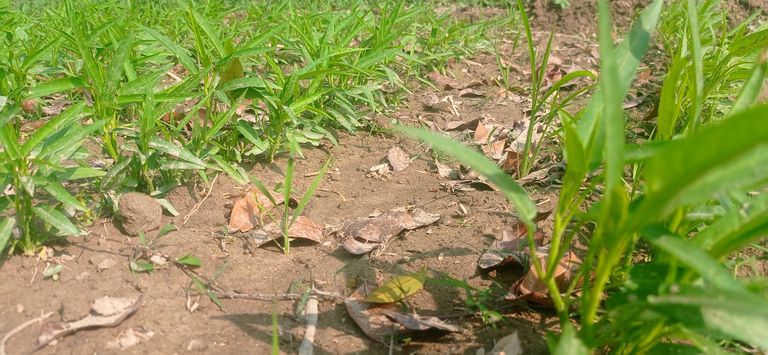
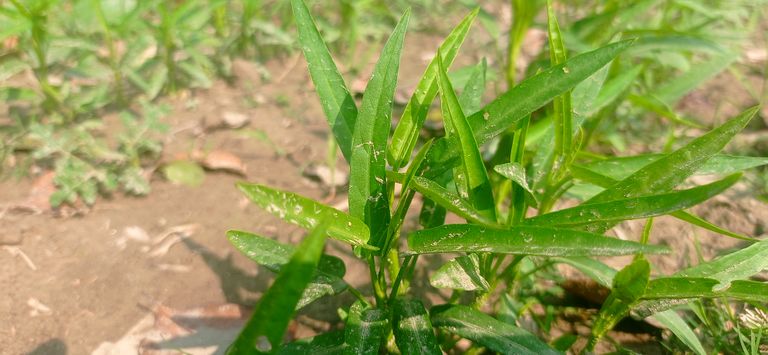
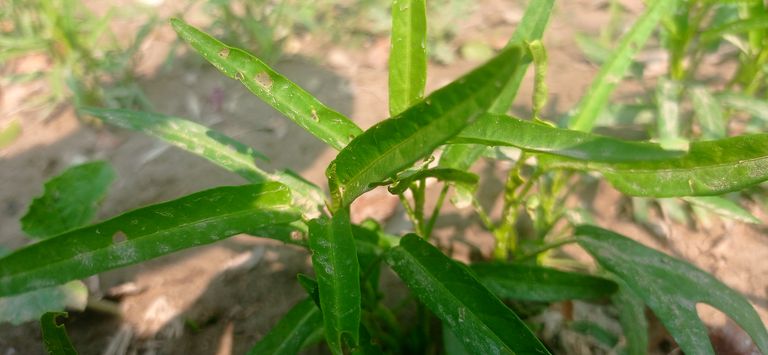
Protein: Water spinach contains about 2.6 grams of protein per 100 grams. Although not a high-protein food, it provides a reasonable source of plant-based protein.
Fats: With only about 0.2 grams of fat per 100 grams, water spinach is considered very low in fat, which can be beneficial for individuals following a low-fat diet.
Dietary Fiber: This vegetable is an excellent source of dietary fiber, offering about 1.6 grams per 100 grams. Fiber is important for digestive health and can help reduce the risk of chronic conditions such as heart disease and type 2 diabetes.
Vatamins:
Vitamin A: Water spinach is rich in vitamin A, primarily in the form of beta-carotene. This vitamin plays a critical role in maintaining healthy vision, immune function, and skin health.
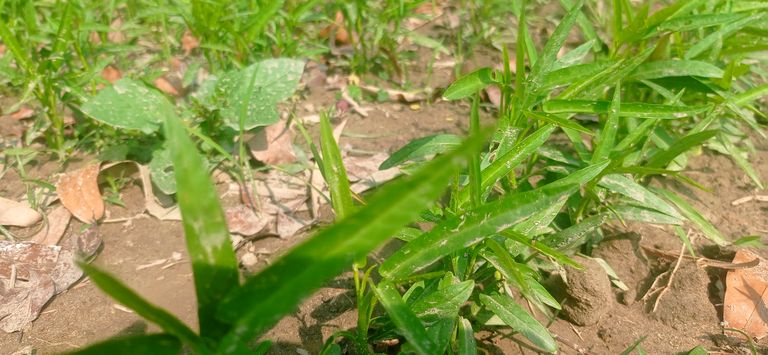
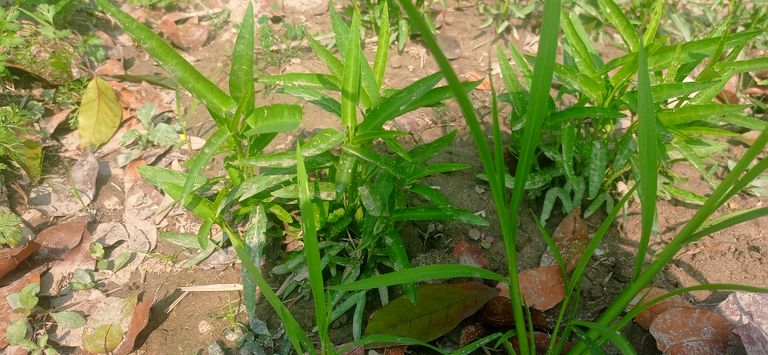
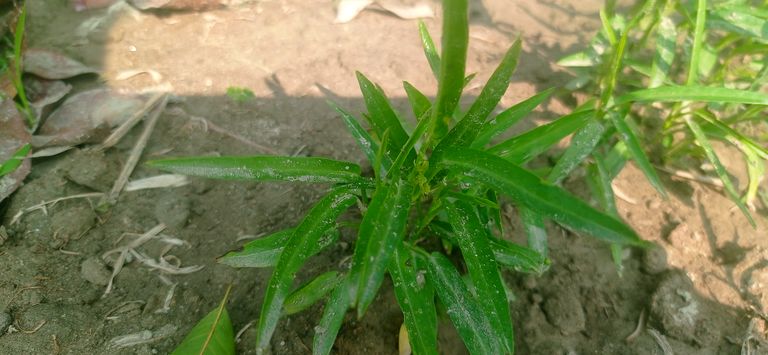
Vitamin C: It is also an excellent source of vitamin C, with about 55 milligrams per 100 grams. Vitamin C is an antioxidant that supports the immune system, promotes wound healing, and enhances iron absorption.
Vitamin K: Water spinach provides a good amount of vitamin K, essential for blood clotting and bone health.
Folate (Vitamin B9): Water spinach is a good source of folate, which is important for cell division and the production of DNA. It is especially crucial during pregnancy to support fetal development.
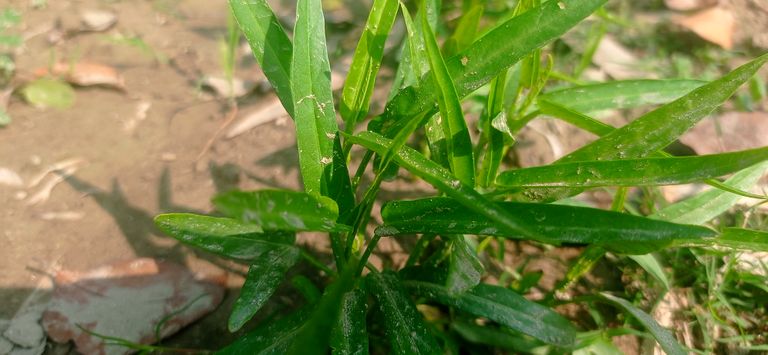
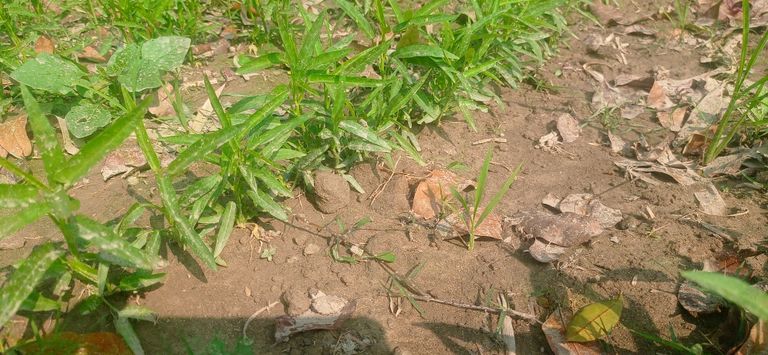
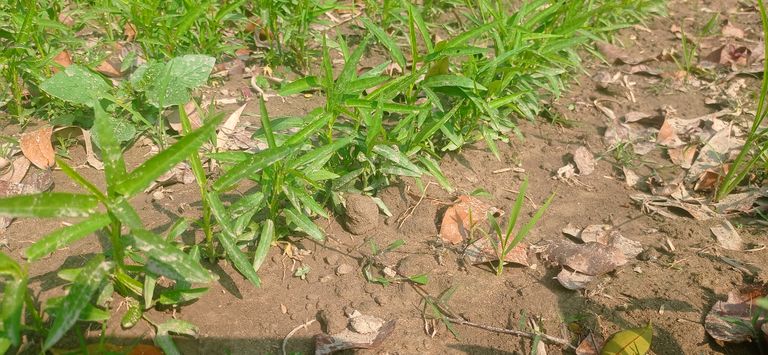
Minerals:
Iron: It contains a moderate amount of iron, which is necessary for red blood cell production and oxygen transport in the body.
Calcium: Water spinach also provides calcium, essential for bone and teeth health, muscle function, and nerve transmission.
Magnesium: Magnesium is important for muscle function, nerve transmission, and bone health.
Potassium: Water spinach is a good source of potassium, which helps regulate fluid balance, blood pressure, and muscle and nerve function.
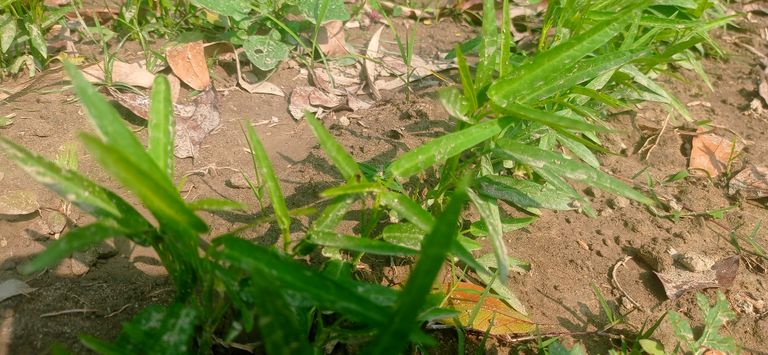
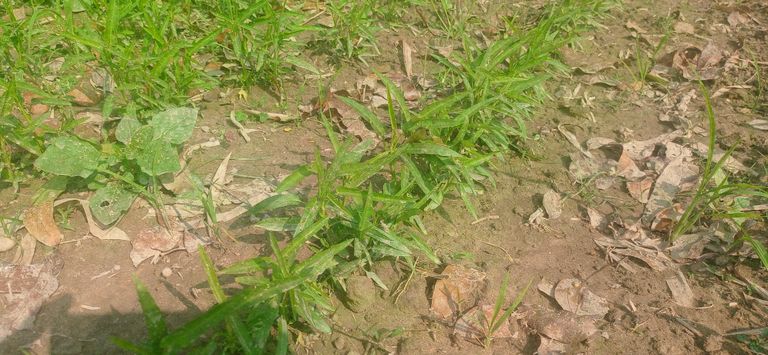
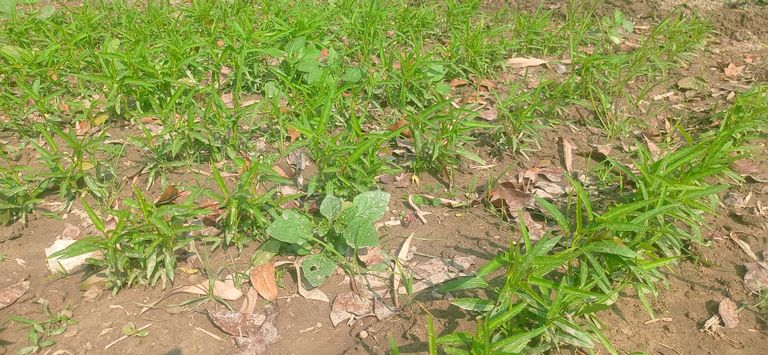
Antioxidants: The plant contains several antioxidants, including beta-carotene and flavonoids, which help protect cells from oxidative stress and reduce inflammation.
Phytochemicals: Water spinach has various bioactive compounds, including alkaloids, which are thought to have medicinal properties, such as antimicrobial and anti-inflammatory effects.
Cultivation of Water Spinach
Water spinach is a versatile and easy-to-cultivate plant, typically grown in warm climates. It thrives in wetlands, ditches, ponds, and other waterlogged areas, but it can also be grown in containers with sufficient water. Below is a guide to the cultivation method of water spinach:
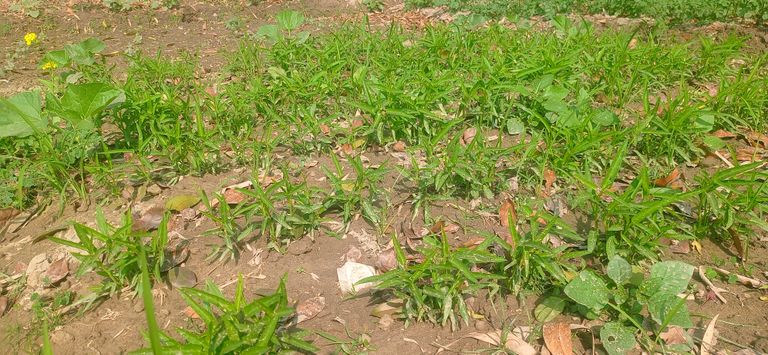
Soil and Water Requirements:
Water spinach prefers rich, well-drained, loamy soils but can grow in a wide range of soil types. The key is that the soil must remain consistently moist or be submerged in water.
For optimal growth, water spinach should be grown in water that is shallow (less than 10 cm deep), or the soil should be kept wet through irrigation. It can be grown hydroponically or in waterlogged areas like swamps, ponds, or flooded fields.
The plant grows well in both fresh and brackish water, but it should not be exposed to salty water for extended periods, as this can stunt growth.


Temperature and Light:
Water spinach is a tropical plant that thrives in temperatures between 25°C and 35°C (77°F to 95°F). It requires full sunlight to grow vigorously, so it should be planted in a location with ample exposure to sunlight.
It is sensitive to cold temperatures, and frost can damage the plant, so it is generally not grown in temperate regions unless in a controlled environment.
Planting and Propagation:
Water spinach is usually propagated through stem cuttings. Cuttings of 20-30 cm in length, with at least a few nodes, are placed directly in water or in moist soil.
The plant can also be grown from seeds, though this is less common. When using stem cuttings, roots typically begin to develop within 1-2 weeks.
The plant grows rapidly, producing new shoots from the base and spreading across the water's surface. It can reach maturity in as little as 30 to 45 days under optimal conditions.
Care and Maintenance:
Regular watering is essential, especially in areas where the plant is grown in soil rather than submerged in water.
Water spinach requires minimal maintenance, though it may benefit from periodic fertilization with organic or chemical fertilizers to promote healthy growth.
The plant is susceptible to pests and diseases, including aphids and snails, which can be controlled through organic pest management techniques such as introducing natural predators or using insecticidal soap.
Harvesting:
Water spinach can be harvested once the plant has grown enough to produce tender, young leaves and stems, usually within 3-4 weeks of planting. It is typically harvested by cutting the stems at the base, allowing the plant to continue growing and producing new shoots.
Regular harvesting encourages the plant to grow more vigorously.